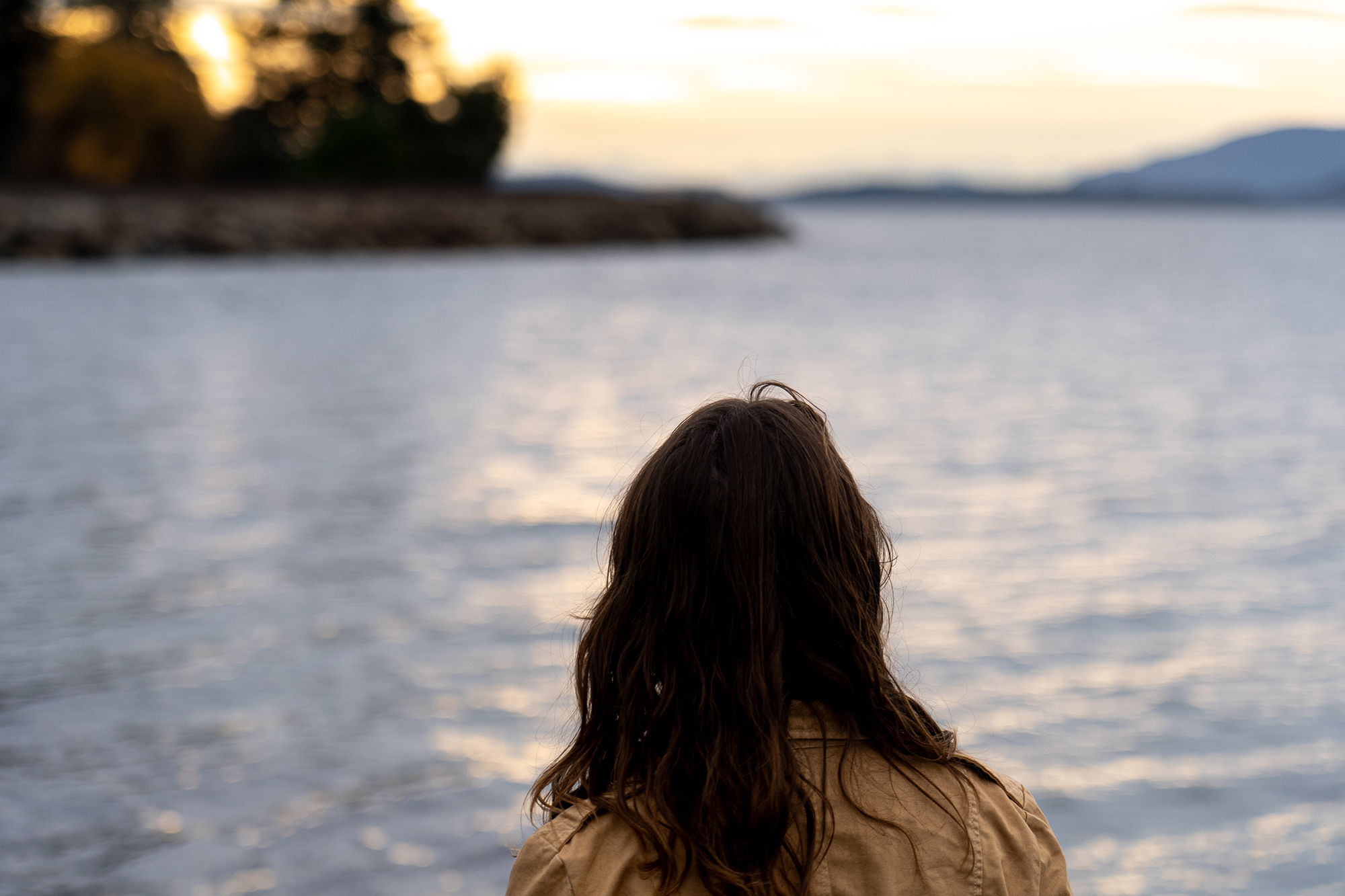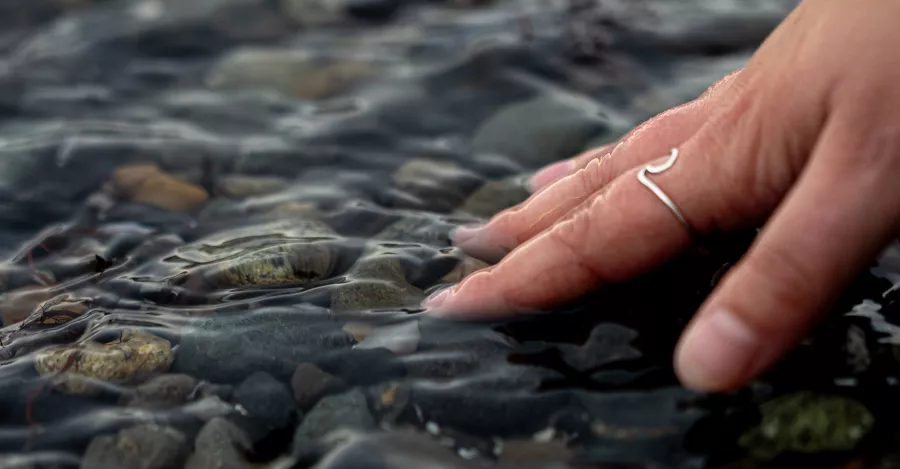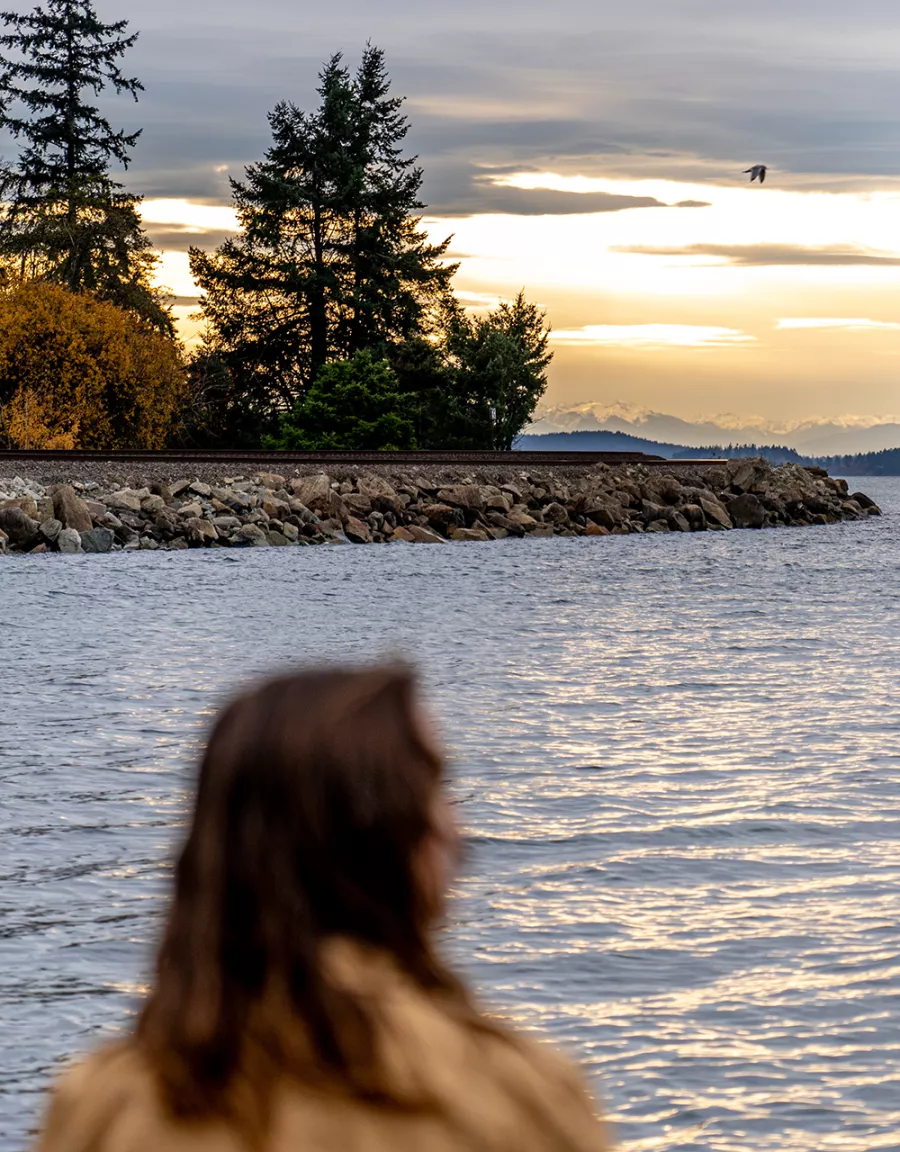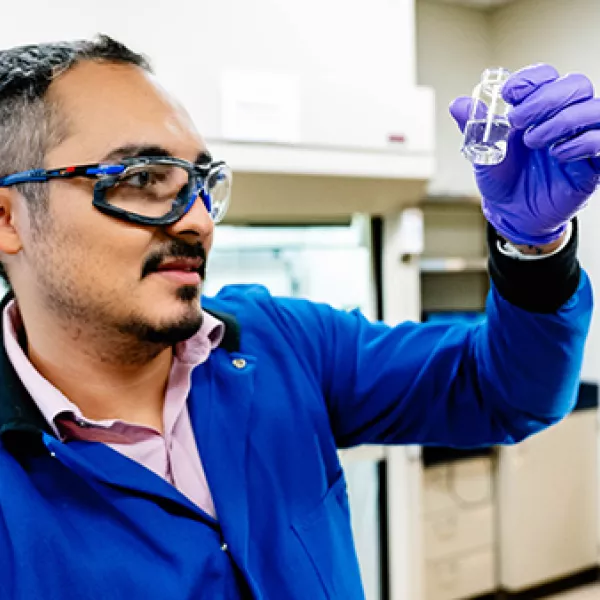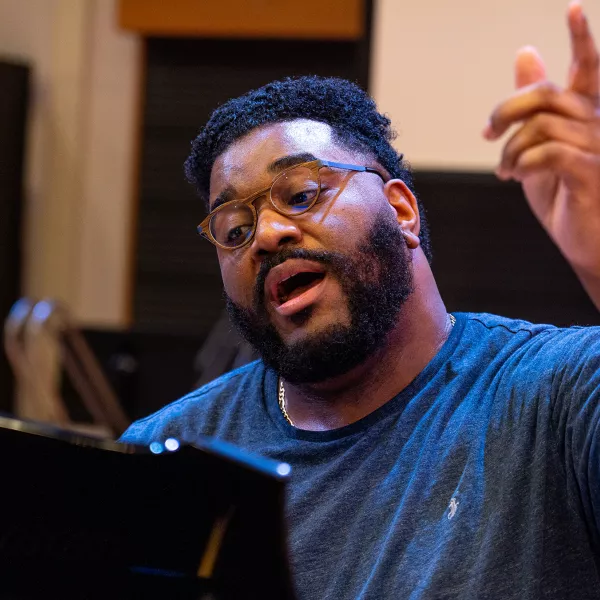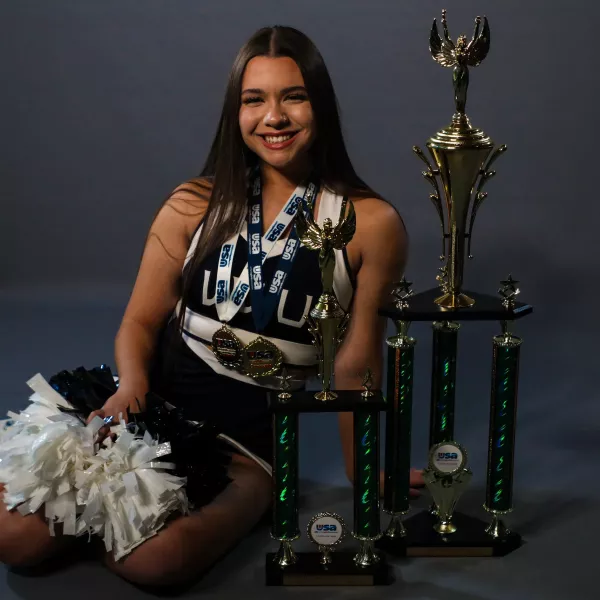Caitlyn Blair was a 10-year-old in landlocked Parachute, Colorado, when her mom got her a very special birthday present: She “adopted” an orca for Blair through the Whale Museum in Friday Harbor almost 1,300 miles away.
Blair became fascinated with orcas, learning everything she could about them. She followed the story of the Southern Resident orcas, of the (now tragic) movement to bring Tokitae home from the Miami Seaquarium, and based many school projects and reports on orcas, dolphins, and other sea mammals.
So when it came to choosing a college, Blair knew she wanted to attend Western Washington University. She was drawn to the self-directed program at Fairhaven College of Interdisciplinary Studies, where she designed her major in marine ecology, place-based education and community engagement with an environmental and social justice lens. She also minored in education and social justice, and Salish Sea studies.
